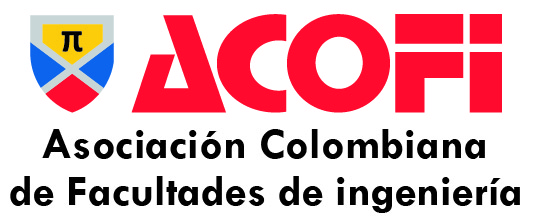Application of cybersyn methodology for the evaluation of active learning in engineering
DOI:
https://doi.org/10.26507/rei.v4n7.70Keywords:
active learning, assessment, control systems, CyberSynAbstract
This article depicts a concrete use case scenario for the CyberSyn Methodology, while assessing active learning in an engineering course the Universidad de los Andes, Bogotá (Colombia). It is the outcome of our Master of Science program research about active learning in engineering. The paper begins with an overview of the CyberSyn Methodology followed by a concrete use case. Finally, we present our conclusions.Downloads
References
Bahamón, J.H. (2003). Construcción de indicadores de gestión bajo el enfoque de sistemas. Sistemas & Telemática, 1, 77-87. Recuperado el 5 de marzo de 2009 del sitio web de Dspace ICESI: https://dspace.icesi.edu.co/dspace/bitstream/item/383/1/jbahamon_const-ind-gestion.pdf
Barros R., Ramírez, C. & Stradaioli, K. (2005). Learning of the relation between communication structures and organizational strategies and organizational effectiveness by the means of an active methodology. Documento no publicado.
Beltrán, M.A. & Espinoza, A.M. (2000). Software educativo para el diseño de indicadores de gestión-SEDIG. Tesis de maestría no publicada. Universidad de los Andes, Bogotá, Colombia. Recuperado el 5 de marzo de 2009, de http://hdl.handle.net/1992/505
Carvajal, A. & Ramírez, C. (2008). Diseño de un modelo de evaluación para un ambiente de aprendizaje activo en ingeniería. Revista Educación en Ingeniería, 3 (6), 11-19. Recuperado el 9 de marzo de 2009, de http://site430.mysite4now.net/acofivirtual/revista/revista6/2008_II_25.pdf
Hernández, J.T. & Ramírez, M.C. (2008). Innovation and teamwork training in undergraduated engineering education. The fair and the contest: milestones of innovation. Designing and implementing an active and equitable engineering education. Proceedings of eighth international workshop ALE2008 Universidad de los Andes, June 2008 Bogotá.
Illeris, K. (2003). Towards a contemporary and comprehensive theory of learning. International Journal of Lifelong Education, 22 (4), 396-406.
Kolb, D. (1939). Experiential Learning: Experience as the source of learning and development. New Jersey, United States of America: Prentice Hall.
McCarthy, J.P. & Anderson, L. (2000). Active learning techniques versus traditional teaching styles: Two experiments from history and political science. Innovative Higher Education, 24 (4), 279-294.
Ramaswamy, S., Harris, I. & Tschirner, U. (2001). Student peer teaching: An innovative approach to instruction in science and engineering education. Journal of science education and technology, 10 (2), 165-171.
Ulrich, W. (1989). Una crítica al pensamiento cibernético: La experiencia chilena (Proyecto CyberSyn) (G. González, E. Lleras & M. Wiesner, Trads.) Bogotá: Universidad de los Andes. (Trabajo original publicado en 1988).
Universidad de los Andes (2005). Proyecto de renovación de la Facultad de Ingeniería. Documento no publicado.
Downloads
Published
How to Cite
Issue
Section
License
Total or partial reproduction of the documents published in the journal is authorized only when the source and author are cited.
| Article metrics | |
|---|---|
| Abstract views | |
| Galley vies | |
| PDF Views | |
| HTML views | |
| Other views | |








